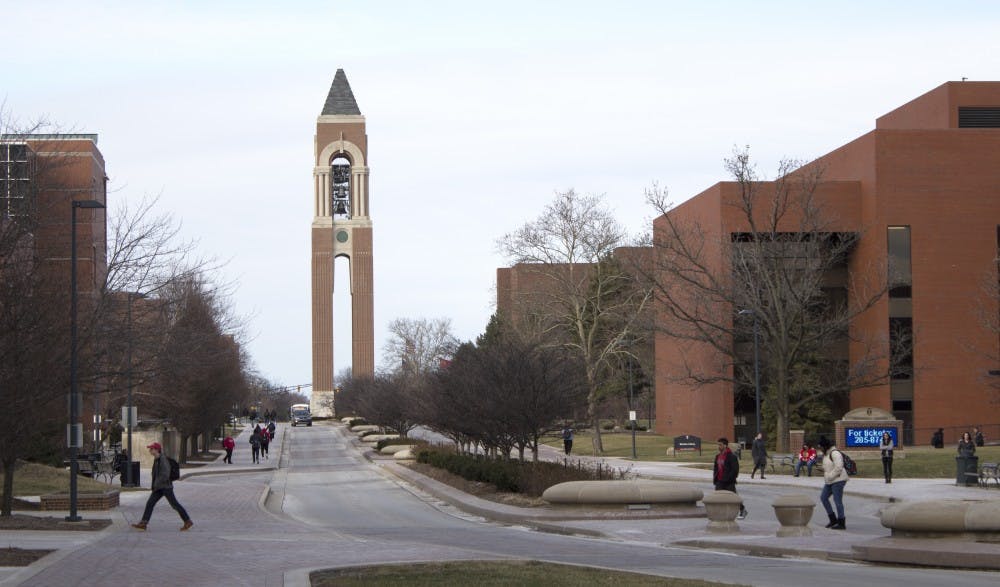Ball State's 2015-16 diversity report, orchestrated by the Council on Diversity and Inclusion, has demonstrated the progress made to implement certain initiatives to determine what attracts certain minority groups, according to the most recent report.
Because Ball State is a recipient of federal contracts, the university has to report various statistics, results and analyses on different diversity-related topics involving students, faculty and staff. The most recent diversity report details
Council on Diversity & Inclusion
Key points on progress from the Council on Diversity and Inclusion to date include:
- B3 - Breaking Bias Ball State app
- REACH Peer Mentor program
- Dear World
- LGBTQ Resource Page
- Launched Lunch with an Administrator
University Diversity Committee
The University Diversity Committee received complaints filed by 12 individuals in 41 areas this year — an increase in complaints from last year with 10 individuals in 18 areas.
The largest area of complaints for the last five years has been related to race.
The committee recommends developing a new initiative to help faculty educate each other on diversity and continuing to provide professional development on diversity and inclusion. The report also indicates the percent of ethnic minority students has increased over the past two years, including undergraduate and graduate students.
Recruitment and retention of minority students
The overall retention rate for minorities has increased by 15.7 percent compared to years past, which averaged an 11.1 percent. The goals this year to increase minority retention and admissions include:
- Strengthening relationships with organizations like Center for Leadership Development, Project Stepping Stone, Project Leadership and 21st Century Scholars.
- Building relationships with strong diverse populations who are prepared for a secondary education.
- Working with departments to refine strategies to recruiting minorities.
- The Graduate School intends to host virtual sessions to reach out to underrepresented groups.
This year's goals
This year, the committee's goal is to:
- Increase scholarship opportunities
- Promote MOSAIC workshop options
- Explore many ways to market diversity events on campus
- Increase recruitment toward a diverse staff
- Provide incentives to faculty who incorporate social justice
- Add diversity in curriculum
- Launch a program advocating for students of color
Ro Ann Engle Royer, co-chair of the Council on Diversity and Inclusion, said the program that will be launched to advocate for students of color will be different from the undergraduate peer-led group MOSAIC.
"MOSAIC workshops are presented by undergraduate peer advocate leaders, and this may be a training session best delivered by professional staff or graduate students," Royer said.
The Reach Program, which was launched in Fall 2016 to mentor African-American and Hispanic students, will continue.
"The staff at the Multicultural Center will conduct an evaluation of the program in order to determine the need for any changes," Royer said.
Additionally, Royer said the university will continue to find new strategies to reach more students on campus in order to support their events.





